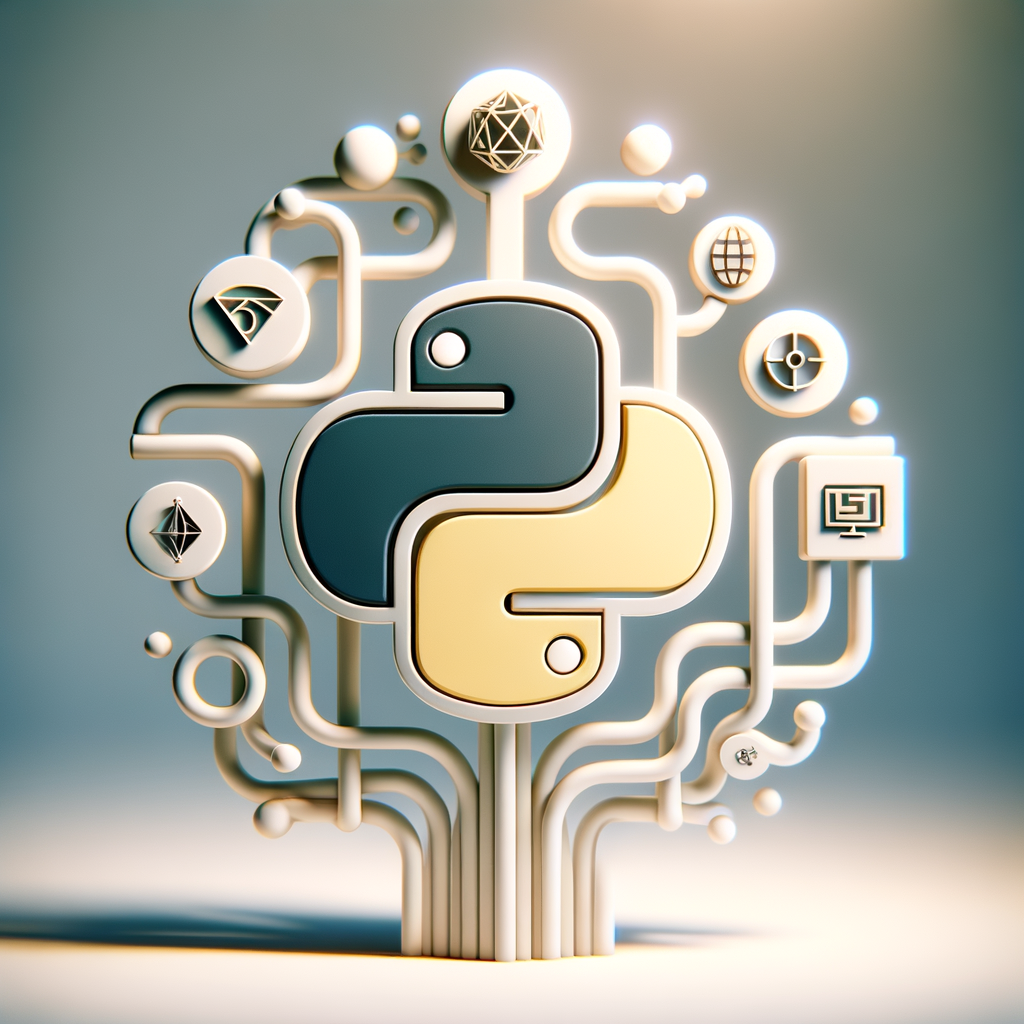
Coding the Future: How Python Evolves with AI and Machine Learning
Explore the dynamic relationship between Python programming and the advancements in AI and machine learning. This blog delves into the evolving tools, libraries, and frameworks that make Python indispensable for AI development. Learn about the latest trends, innovative applications, and the future of Python in the rapidly growing tech landscape.
Coding the Future: How Python Evolves with AI and Machine Learning
Python has emerged as a linchpin in the technological world, particularly within the realms of Artificial Intelligence (AI) and Machine Learning (ML). This article will explore the forefront of Python's integration into these two dynamically evolving fields, providing a nuanced understanding of why Python continues to be the language of choice for AI and ML developers.
Why Python for AI and ML?
Python's importance in AI and ML can be attributed to several key features:
-
Simplicity and Readability: Python's syntax is intuitive and easy to learn, making it an excellent choice for both beginners and experienced developers.
-
Extensive Libraries and Frameworks: Resources like TensorFlow, PyTorch, and Scikit-learn offer pre-built functions and tools that speed up development processes and innovation.
-
Community Support: Python boasts a vast and active community, ensuring continuous support and the evolution of best practices as well as troubleshooting help.
Evolving Tools and Libraries
Python's growth has been driven by the ongoing development of cutting-edge tools and libraries:
- TensorFlow and PyTorch: These powerhouses in deep learning are continuously updated, accommodating the latest in AI research.
- Keras: Acting as an intuitive API for deep learning, Keras simplifies the process of building complex neural networks.
- Scikit-learn: A staple among ML practitioners for its ease-of-use and versatility in performing efficient data analysis.
Innovative Applications
Python’s role in AI and ML development has led to some groundbreaking applications:
- Natural Language Processing (NLP): Tools like NLTK and SpaCy have enabled Python to become a leader in NLP advancement, transforming how machines understand human language.
- Computer Vision: Libraries like OpenCV and TensorFlow provide the foundation for developing modern computer vision applications, ranging from facial recognition to autonomous vehicles.
- Reinforcement Learning: Python has stood out as a favorable environment for developing intelligent systems capable of complex decision-making with the help of reinforcement learning algorithms.
Python and the Future of AI and ML
The future of Python in AI and ML seems immensely promising, supported by several intriguing trends:
- Integration with Other Technologies: Python continues to integrate well with big data technologies like Hadoop and Spark, expanding its capabilities beyond AI and ML.
- AI in Edge Devices: As AI moves towards edge computing, Python's ability to handle lightweight and efficient applications plays a crucial role.
- Quantum Computing: Python's adaption towards quantum computing algorithms stands as a testament to its versatility and future-ready shape.
Conclusion
Python’s adaptability, power, and supportive community will ensure its sustained relevance in AI and ML. As these fields continue to grow and evolve, so too will Python, driven by its dedicated contributors and continuous advancements in technology. By embracing the latest trends and tools, those working in Python are not just participants in coding the future of AI and ML—they're leaders.
Whether you’re a beginner seeking to dive into AI and ML or an experienced dev pursuing innovative projects, Python offers an unmatched suite of tools and support that continues to shape the future of digital technology.